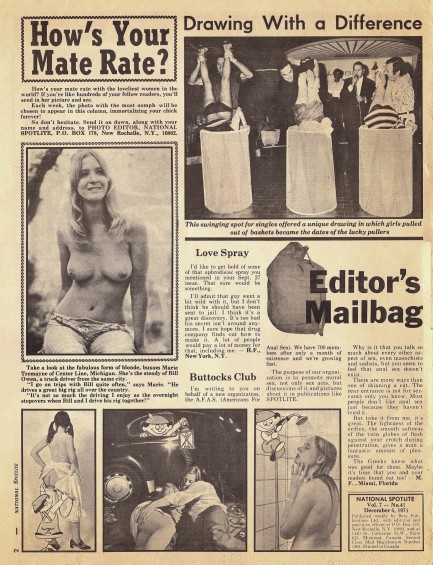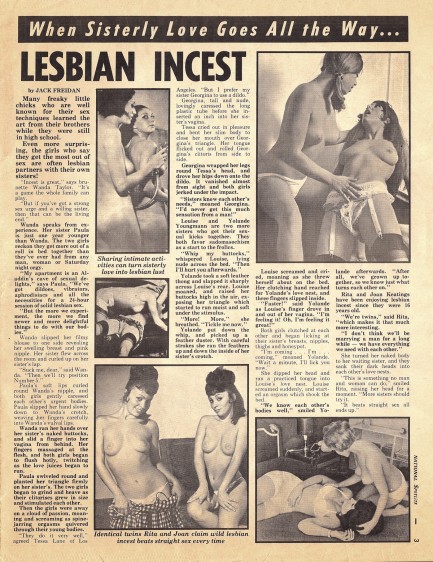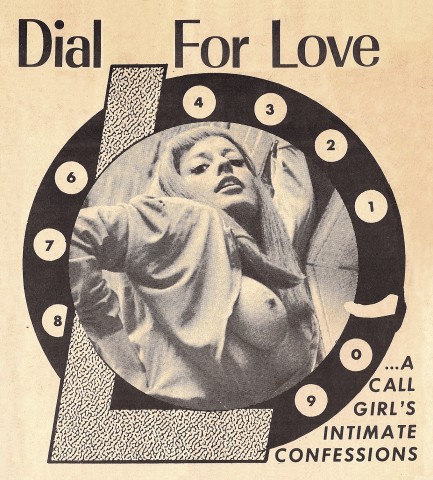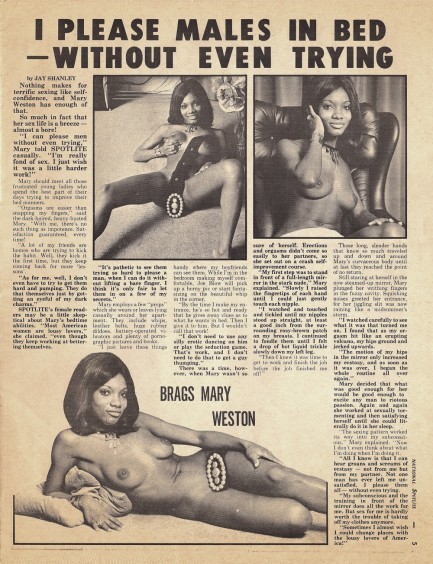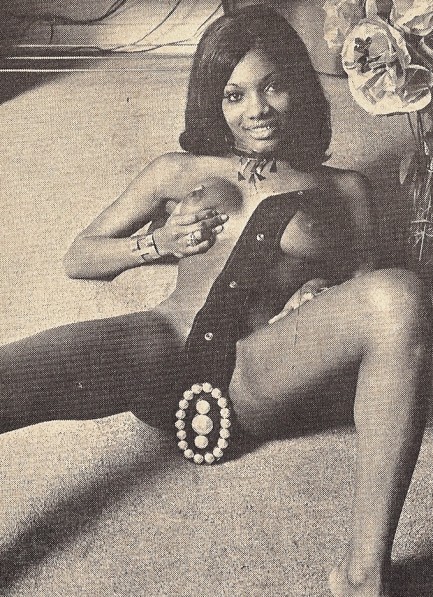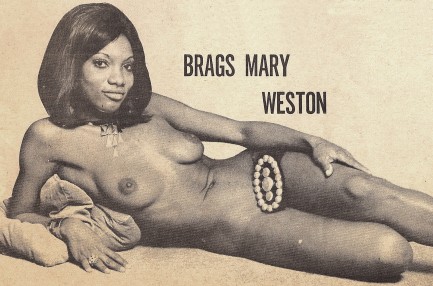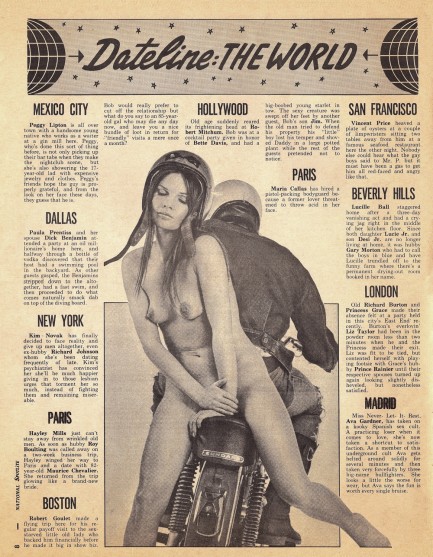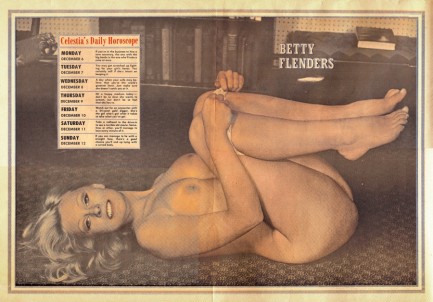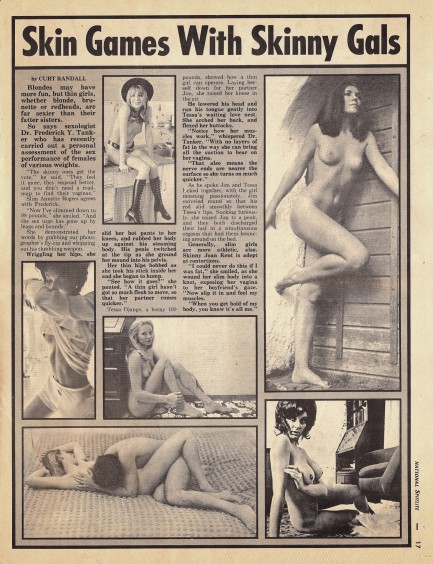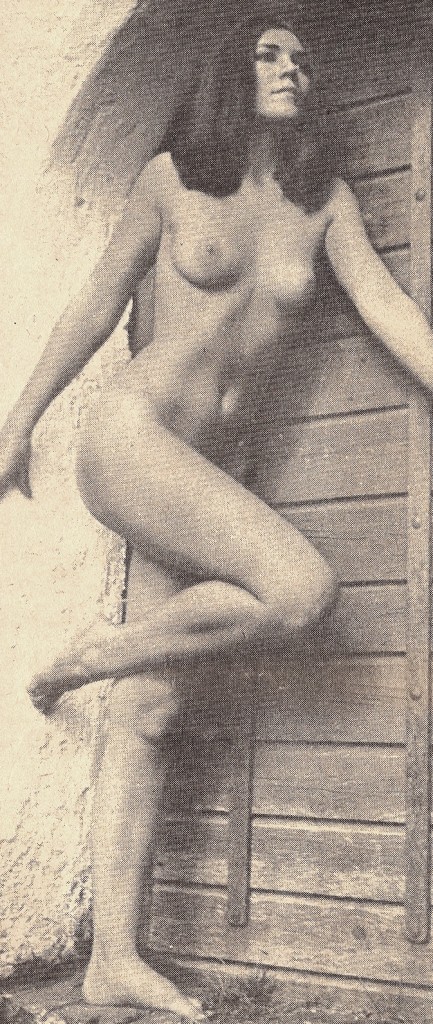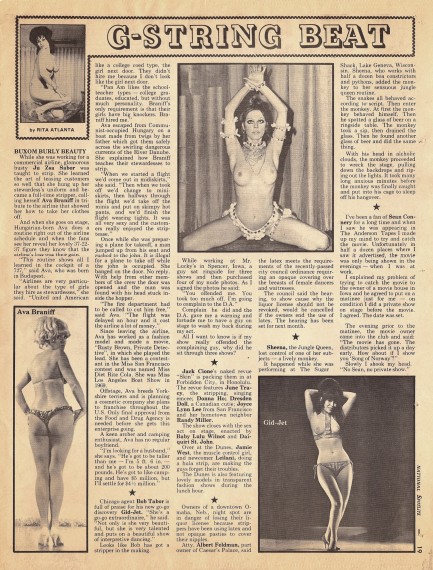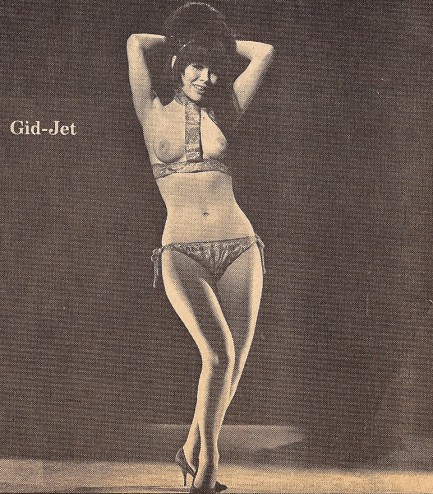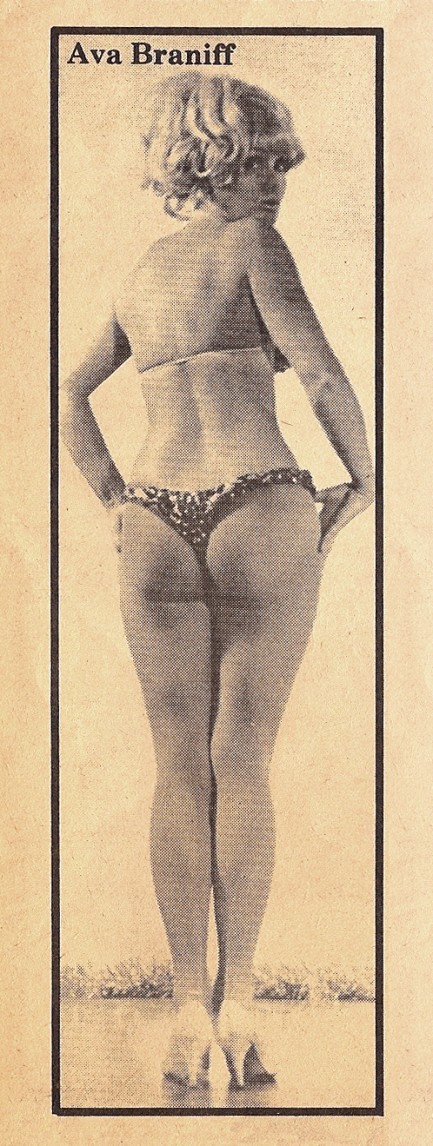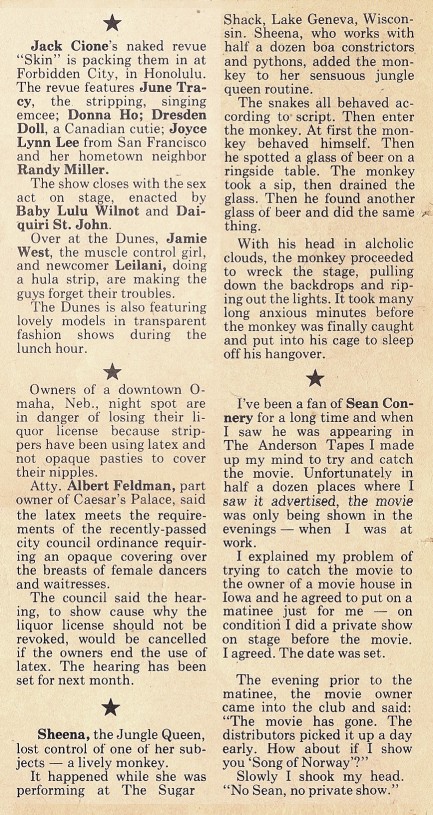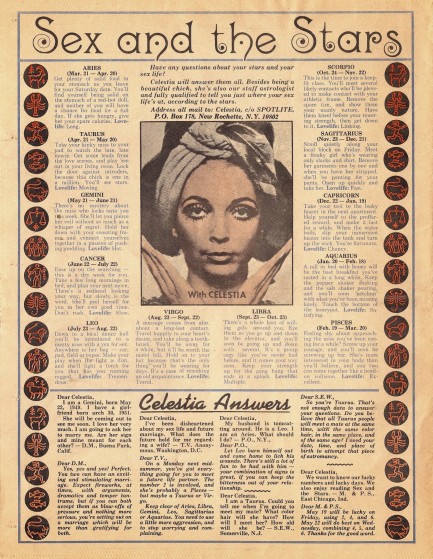| Intl. Notebook | Jun 14 2023 |

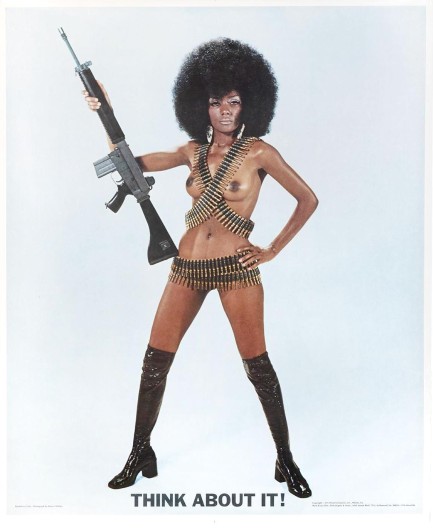
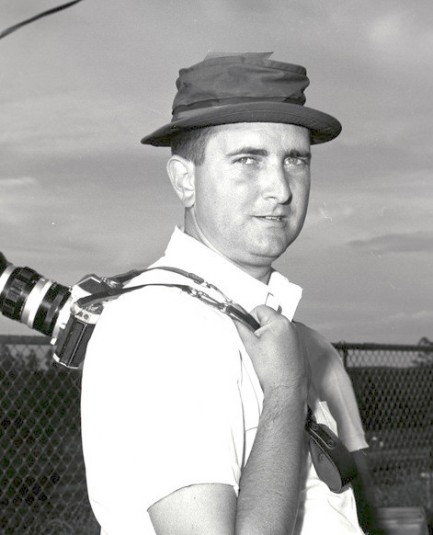 He was a photojournalist for the Atlanta Journal, the Associated Press, and United Press International, and later went on to work extensively with NASCAR.
He was a photojournalist for the Atlanta Journal, the Associated Press, and United Press International, and later went on to work extensively with NASCAR.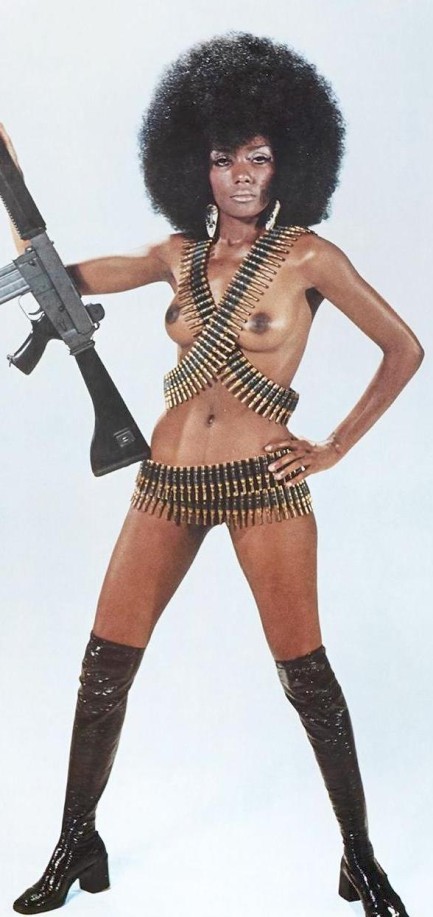

| Vintage Pulp | Sep 19 2022 |

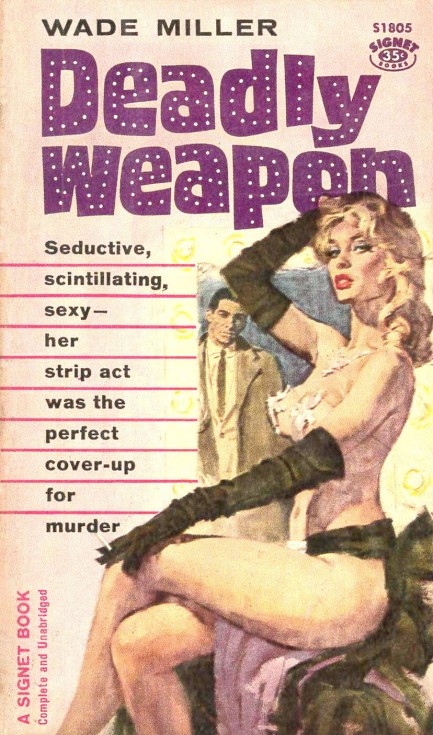
The brush behind this cover for Wade Miller's 1946 debut thriller Deadly Weapon was paperback vet Bob Abbett, and it's one of his better pieces in a portfolio filled with top efforts. The book is good too. It's about an Atlanta detective who drives to San Diego to avenge the death of his partner, and as befits such a concept, features excellent Sam Spade-like repartee between main character Walter James and a local cop named Austin Clapp. Some of the action is centered around a burlesque theatre and its headlining peeler Shasta Lynn, but the deadly weapon isn't a femme fatale, as implied by the art, but Walter James himself. The man is hell on wheels. He even uses his car to ram another auto and its occupants over a cliff. Overall, Deadly Weapon is well written, well paced, and well characterized (if a bit saccharine in the romantic subplot). Wade Miller—who was really Bob Wade and Bill Miller acting as one—started his/their career on a good note with this one.
| Vintage Pulp | Feb 16 2022 |

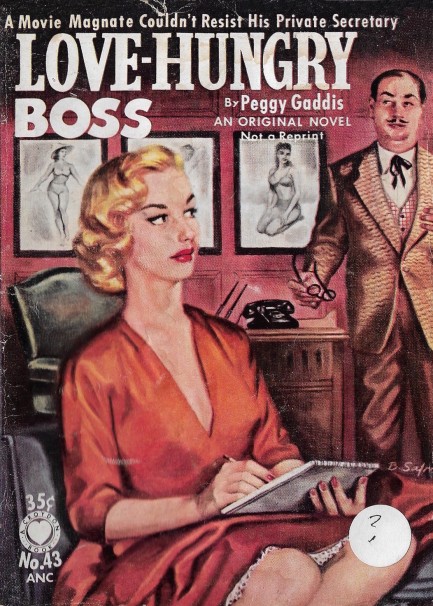
| Modern Pulp | Jul 16 2016 |


This poster was painted by the Thai illustrator Kwow for the 1981 thriller Sharky's Machine. Every blue moon or so Hollywood decides to update a ’40s film noir. Sometimes these are excellent movies—Body Heat as a rework of Double Indemnity comes to mind. Sharky's Machine is based on William Diehl's novel of the same name, which is a restyling of 1944's Laura. If you haven't seen Laura, a detective falls in love with a murdered woman, focusing these feelings upon her portrait, which is hanging over the mantle in her apartment. In Sharky's Machine the hero, Atlanta vice detective Burt Reynolds, falls in love with Rachel Ward via his surveillance of her during a prostitution investigation, and is left to deal with his lingering feelings when she's killed.
 Ward observed years back that she had been too prudish in how she approached her roles, and we imagine this was one movie she had in mind. We agree with her. Reynolds' 24/7 surveillance of a high-priced hooker is not near frank enough. This is where vice, voyeurism, and sleaze as subtext should have come together overtly, as it does in Diehl's unflinchingly detailed novel, rather than as stylized montages, which is what Reynolds opts for.
Ward observed years back that she had been too prudish in how she approached her roles, and we imagine this was one movie she had in mind. We agree with her. Reynolds' 24/7 surveillance of a high-priced hooker is not near frank enough. This is where vice, voyeurism, and sleaze as subtext should have come together overtly, as it does in Diehl's unflinchingly detailed novel, rather than as stylized montages, which is what Reynolds opts for.
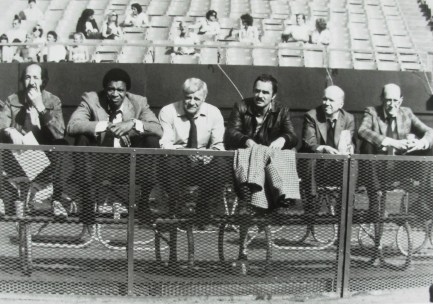


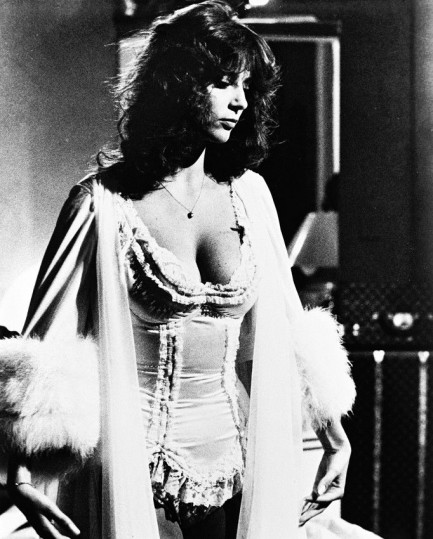

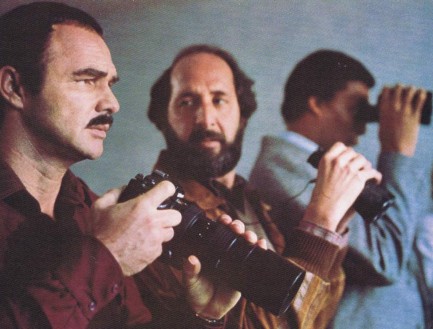

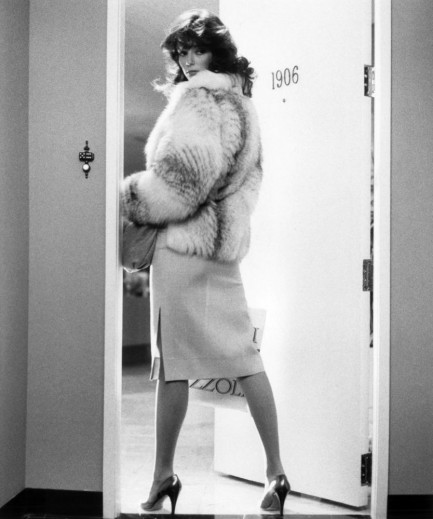
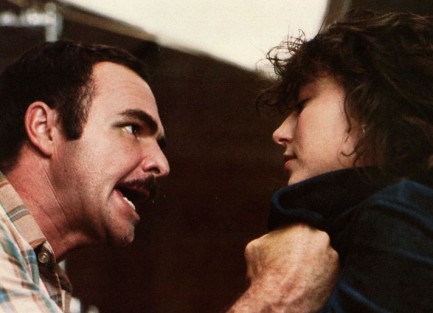

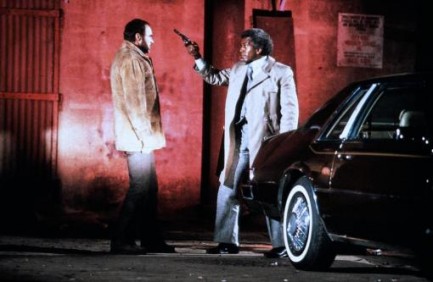

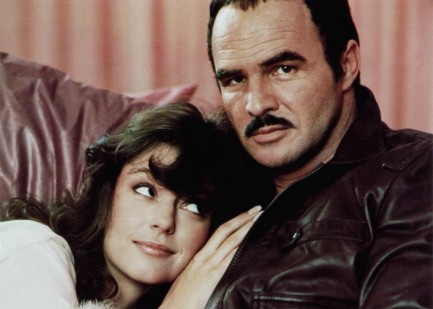
| Vintage Pulp | Dec 24 2015 |

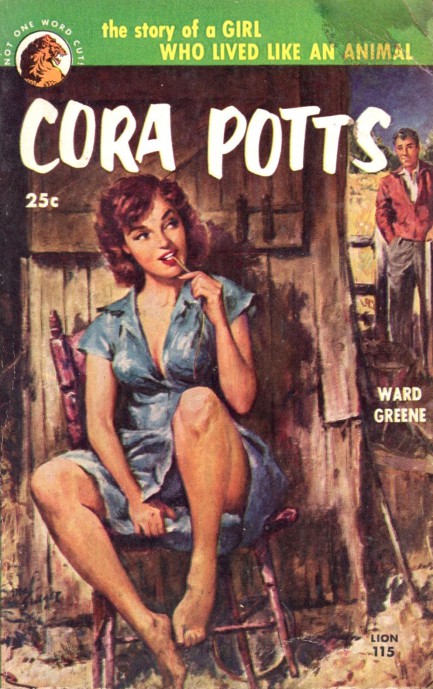
Above is the cover for the 1952 Lion Library paperback edition of Ward Greene’s Cora Potts, which was originally published in 1929 as Cora Potts: A Pilgrim’s Progress. An illiterate country girl robs her father’s store, runs away barefooted to the big city, eventually commits murder, and ends up a respectable, nouveau riche society wife. Greene was saying that the U.S. was a country that rewarded greed and ruthlessness, while respect for the rules was peddled to the lower classes to keep them in line. Some critics found this formulation unpalatable, and many thought the part where Potts burns through $100,000 in one year was just impossible. As that’s only about $1.3 million in today’s money we find their protests bizarre, but in any case Greene had based his character on an actual femme fatale with the amazing name of Kitty Queen.
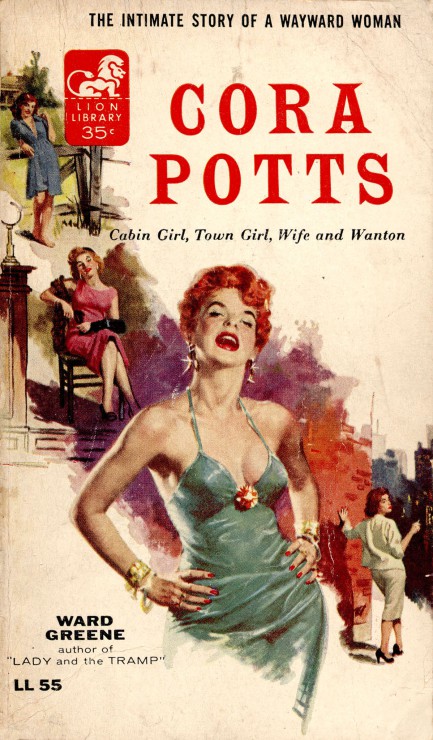
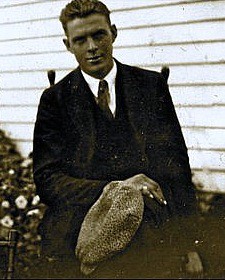 The cover at top is by Mal Singer, and the art from Lion’s 1955 re-issue at right was painted by Robert Maguire. Greene’s book is surprisingly obscure today, but its general message that in a corrupt society vice is virtue resonates more than ever. His genius was also in having a female character behave in a way typically ascribed to successful men, and having her go unpunished for breaking both the rule of law and of gender. Greene touched on similar themes more than once, but also wrote upbeat material. One of those pieces was a short story called, “Happy Dan, the Whistling Dog,” which appeared in Cosmopolitan and became a primary inspiration for one of the most beloved screen romances of all time—the animated feature Lady and the Tramp.
The cover at top is by Mal Singer, and the art from Lion’s 1955 re-issue at right was painted by Robert Maguire. Greene’s book is surprisingly obscure today, but its general message that in a corrupt society vice is virtue resonates more than ever. His genius was also in having a female character behave in a way typically ascribed to successful men, and having her go unpunished for breaking both the rule of law and of gender. Greene touched on similar themes more than once, but also wrote upbeat material. One of those pieces was a short story called, “Happy Dan, the Whistling Dog,” which appeared in Cosmopolitan and became a primary inspiration for one of the most beloved screen romances of all time—the animated feature Lady and the Tramp.| Vintage Pulp | Nov 7 2015 |

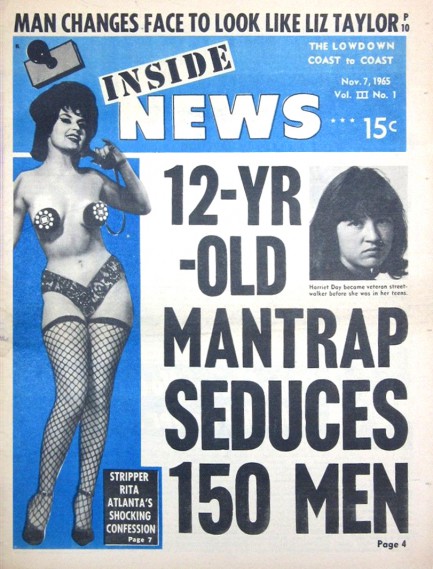
On the cover of this Inside News published today in 1965, readers are told of Harriet Day, a twelve-year-old “mantrap” from Brackley, England who learned from watching her prostitute mother how to seduce men. The story is written not as journalism, but as sleaze fiction, with lines like, “swinging her ample hips and showing all the leg her clinging skirt would afford, she approached men with suggestive gestures and inviting glances.” There’s plenty of backseat and backalley action, and of course the men involved had no idea she was twelve. We say of course because even though the lure of the story is creepy underaged sex, Inside News could not actually afford to be perceived as promoting the practice—hence the 150 men were all unwittingly seduced. Harriet is eventually arrested and turned over to child welfare authorities tasked with “helping her grow up as a normal woman.” As for the men, we imagine they stayed abnormal. More from Inside News at our tabloid index.
| Hollywoodland | Oct 30 2015 |

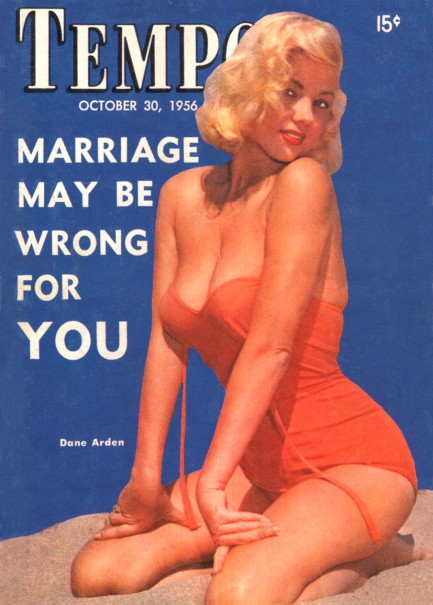
Tempo was a pocket-sized celeb and pop culture magazine published bi-weekly out of Atlanta and New York City by Sports Report, Inc. We don’t know how long it lasted—this one is vol. 7, issue 9—but we know we’ve never seen one dated before 1953 or after 1958. When Dane Arden appeared on the cover of this one from today in 1956, she was already famous thanks to her appearance as Playboy’s centerfold just the previous month. But she had posed under her real name Elsa Sørensen, and back then that may have kept most Playboy readers from realizing Sørensen and Arden were the same person. It's curious. We have no idea if that was her intention, or why she’d have wanted to do it.
If we had to guess, we'd say that Playboy wanted an exclusive association with her Sørensen identity, and pressed her to choose a new name for future modeling. Or perhaps she thought of magazines like Tempo as lower class, and didn’t want to diminish her Playboy image. Or maybe she thought Elsa Sørensen was a little too Danish sounding for Hollywood. But there’s no evidence she ever had an interest in movies, and if she did wouldn’t she have been sacrificing much of the useful recognition she’d gained as a Playboy centerfold? All we can say is it’s one of history’s little mysteries. Hmm… that has a nice ring. Think we’ll claim that one—History’s Little Mysteries™. More Dane/Elsa below, plus Brigitte Bardot, Shirley Falls, Erroll Garner, Sabrina, the Cleveland Browns, Anita Ekberg, et al.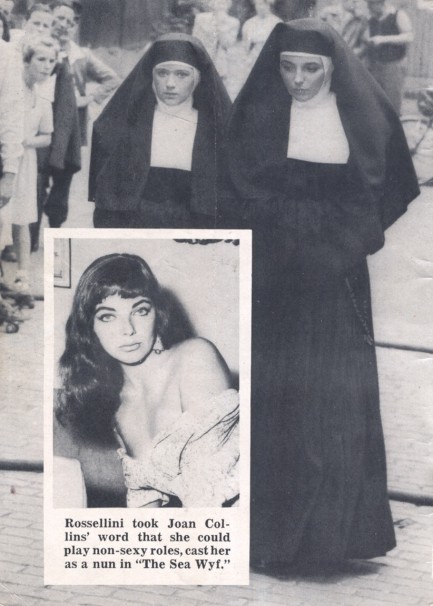
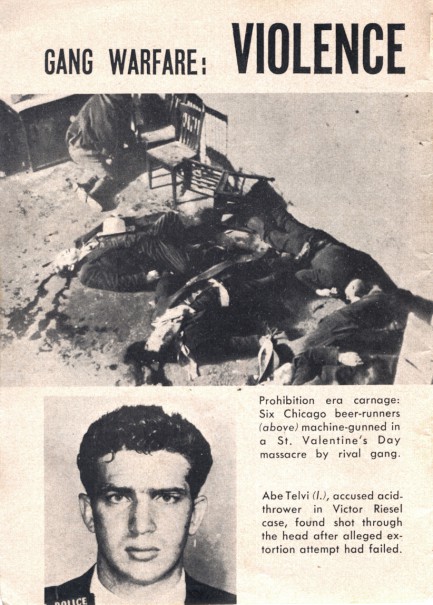
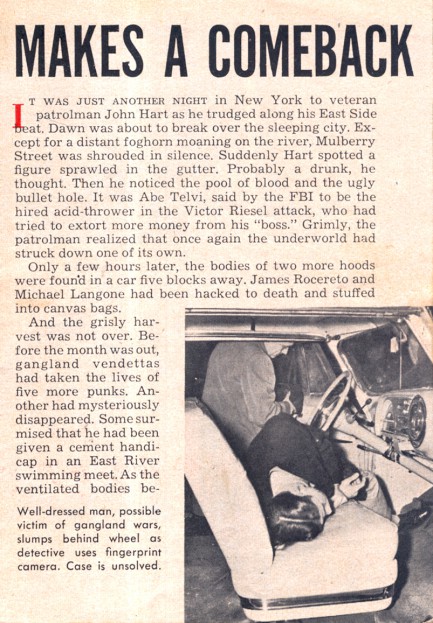
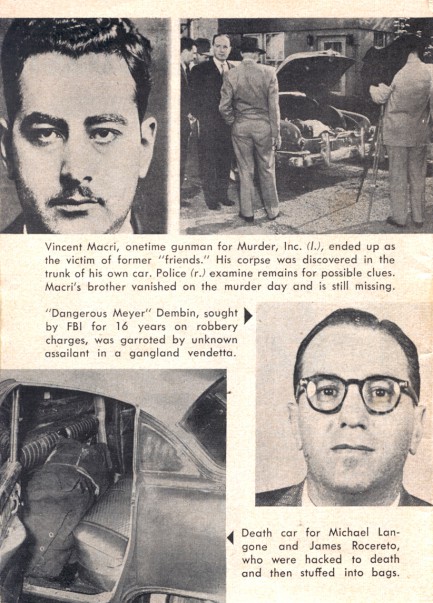
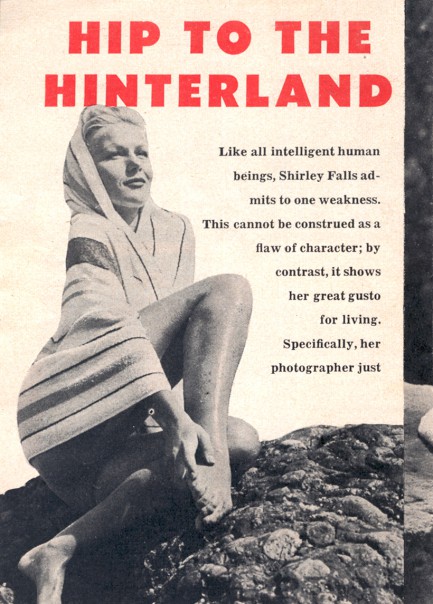
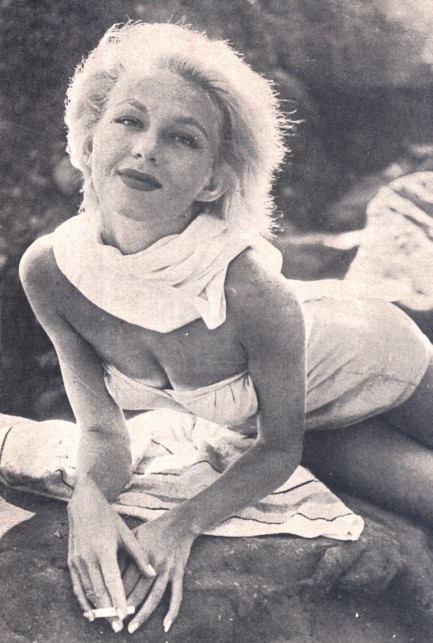

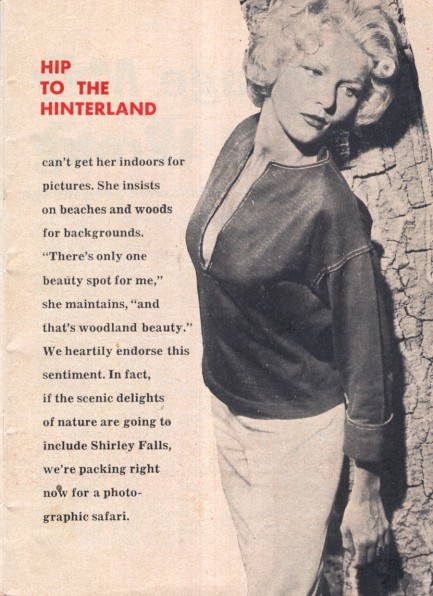
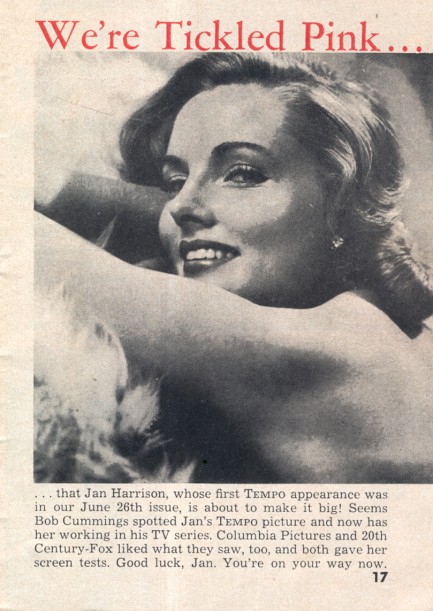
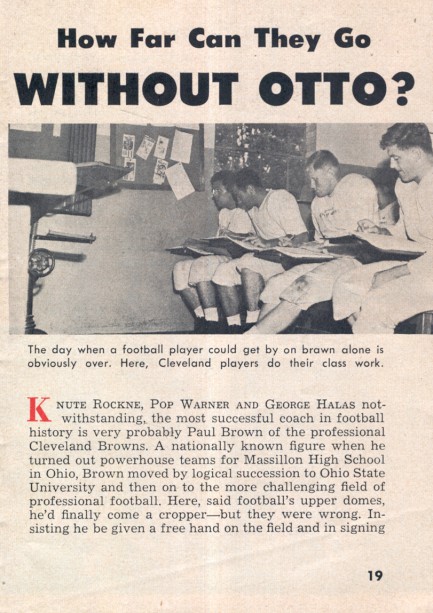
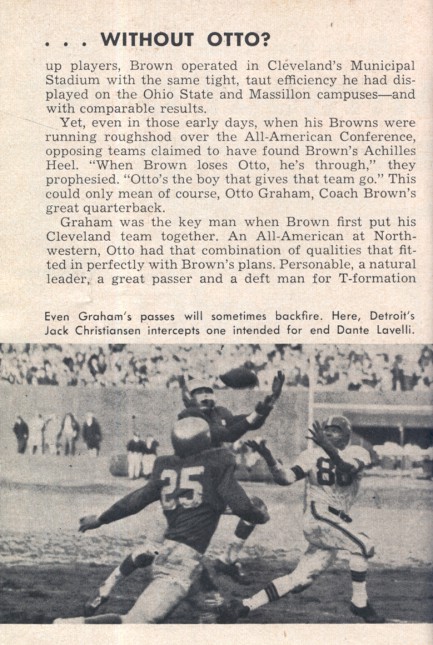
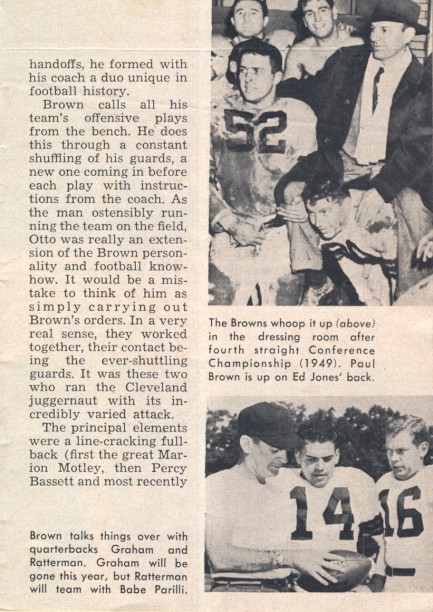
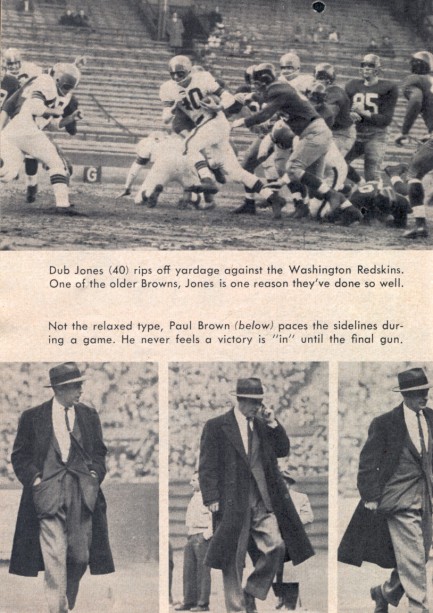
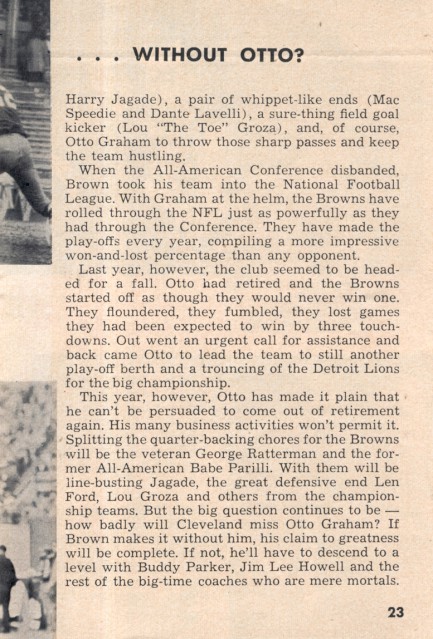
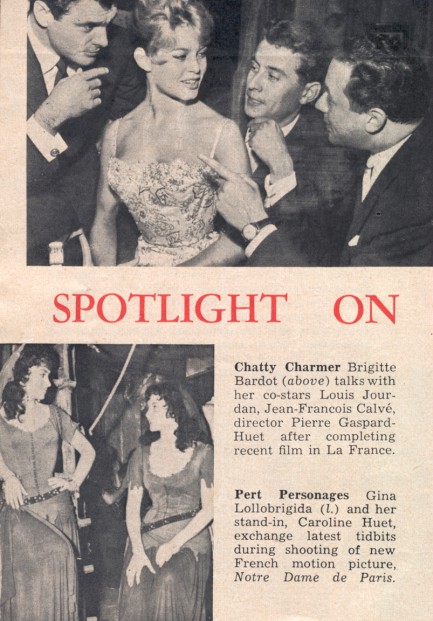
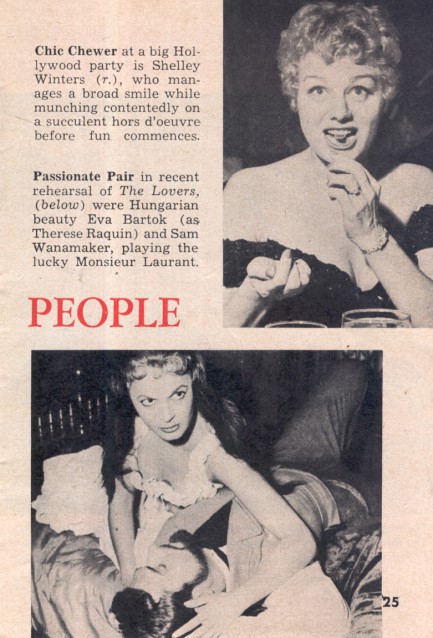
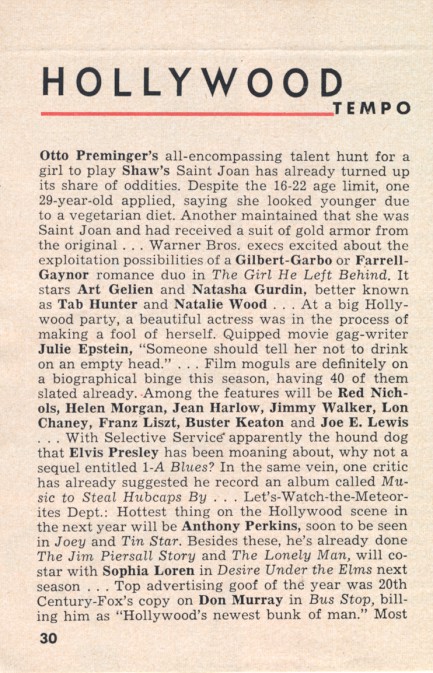
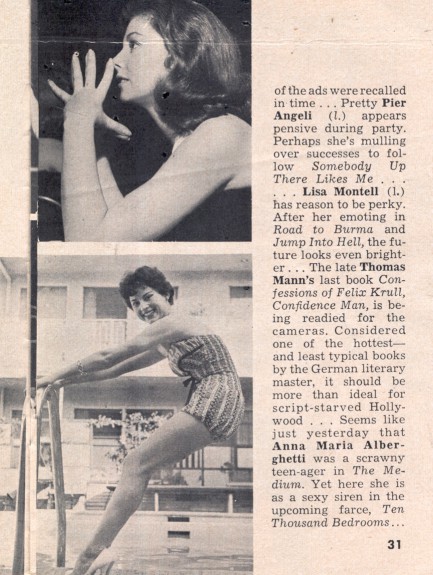
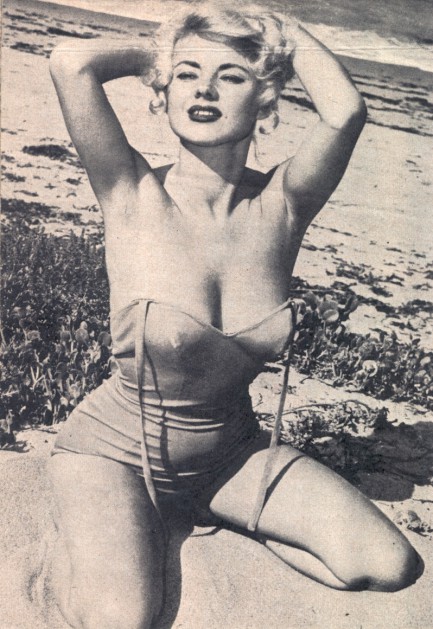
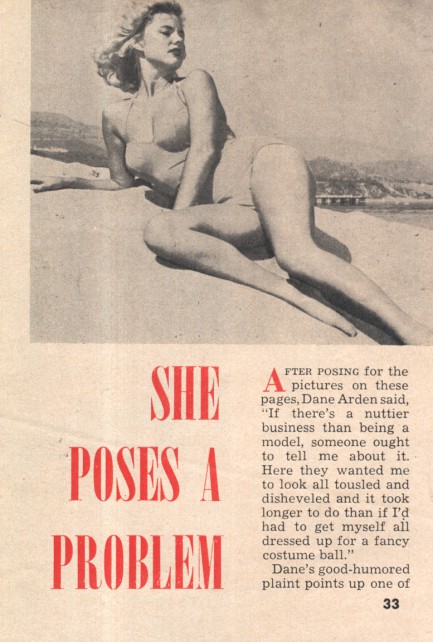
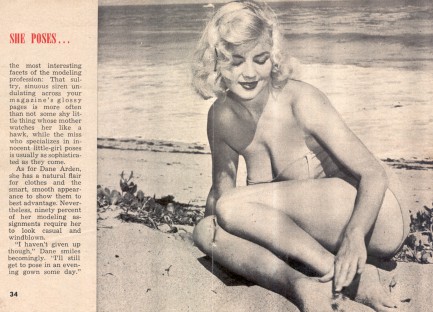
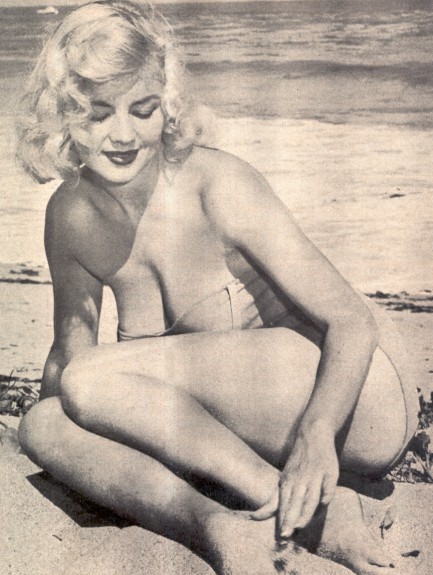
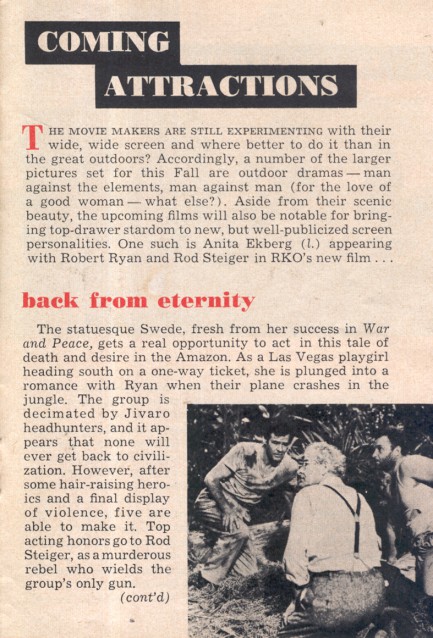
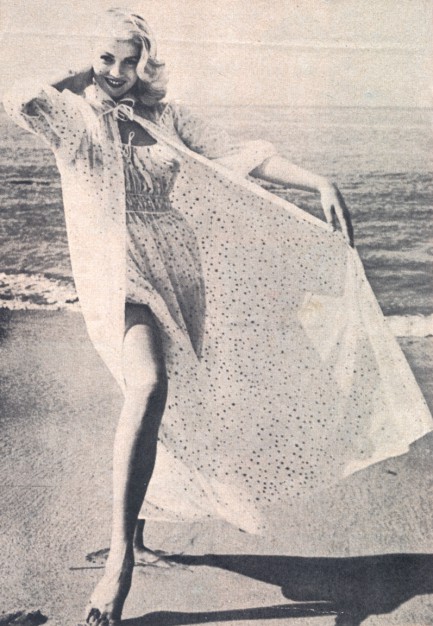
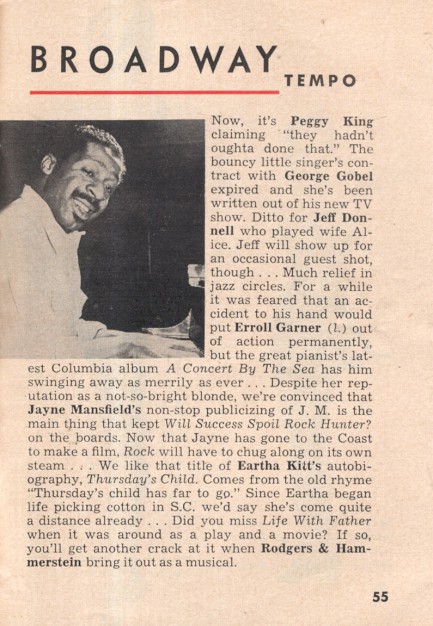
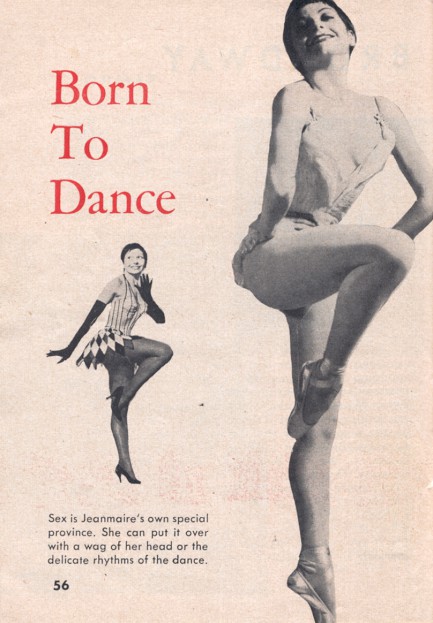
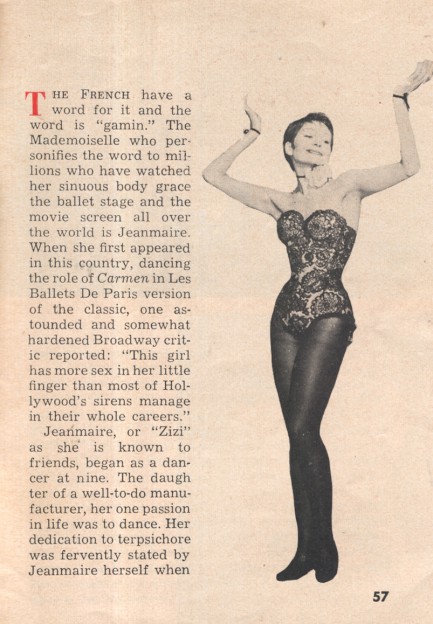
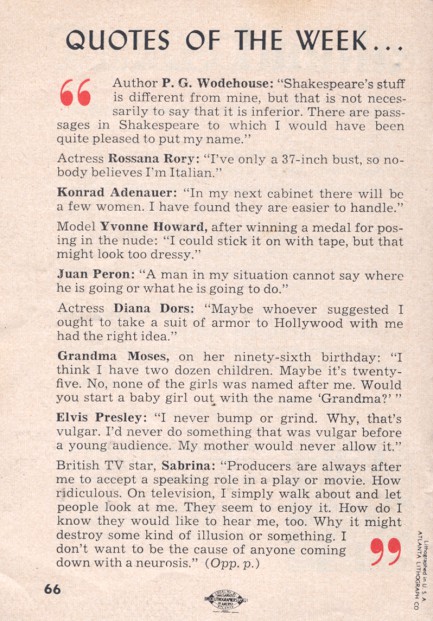
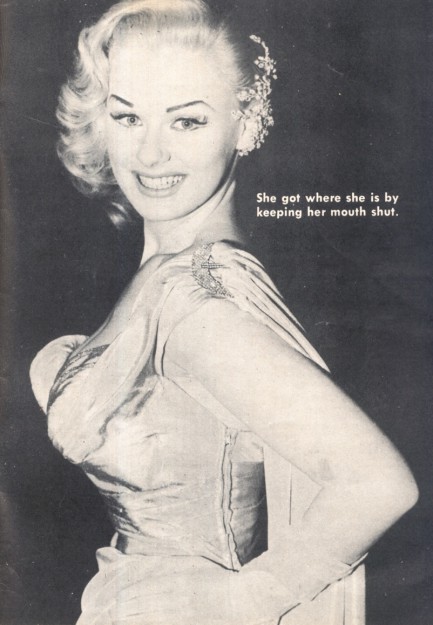
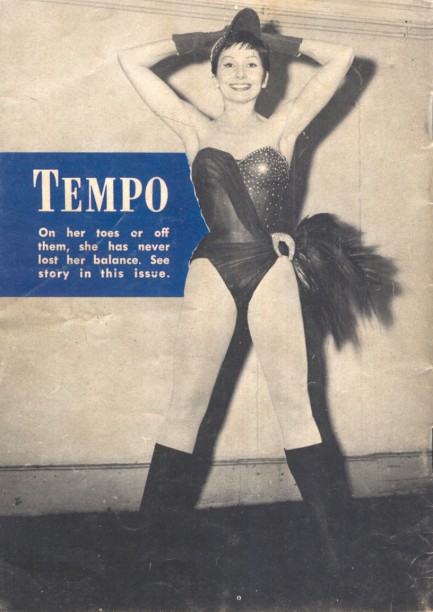
| Vintage Pulp | Aug 27 2015 |

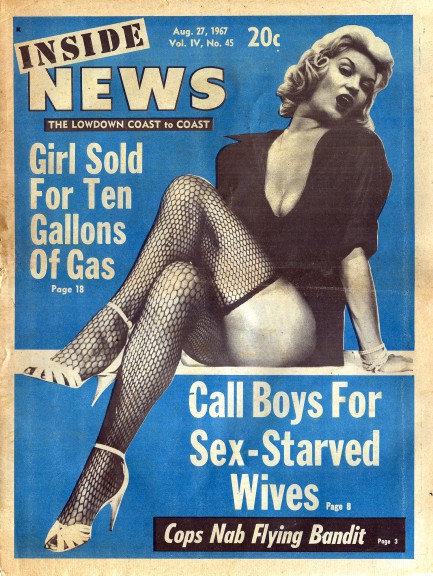
Above you see the front of an issue of the New York City based tabloid Inside News published today in 1967, with its usual banner “The Lowdown Coast to Coast.” Lowdown is right—within you get lethal sex, killer bears, women bartered and sold, and a sadist who carved his initials on a bellydancer’s torso. But fear not—there’s lighter fare as well. Burlesque dancer Rita Atlanta uses a column to criticize Italian actress Gia Sandri for performing a bad striptease in the film Signore & signori. Atlanta advises Sandri, “A woman has to know “when her hips should zig and when they should zag.” That sounds more like an evasive maneuver to us, and considering how bad Inside News is on the whole, it’s good advice. The paste-up alone is enough to scare you. Run fast and run far. Scans below.
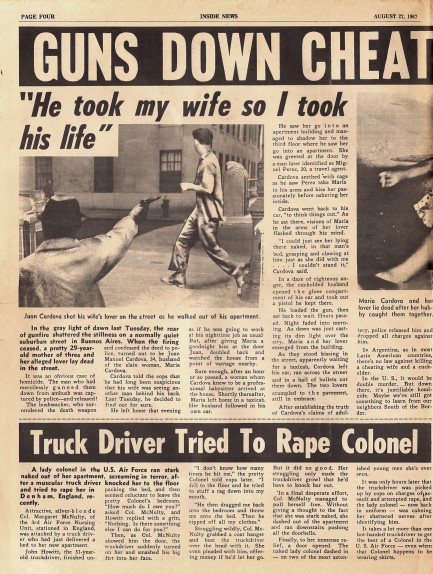
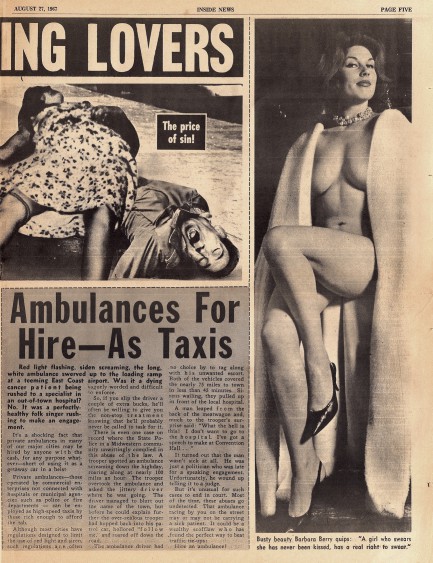
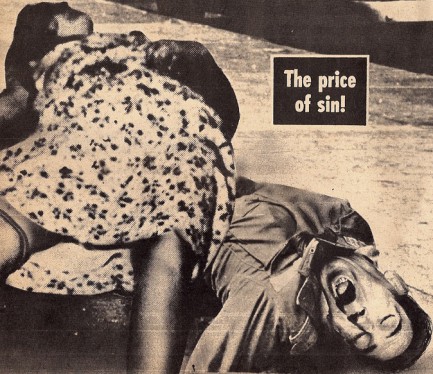

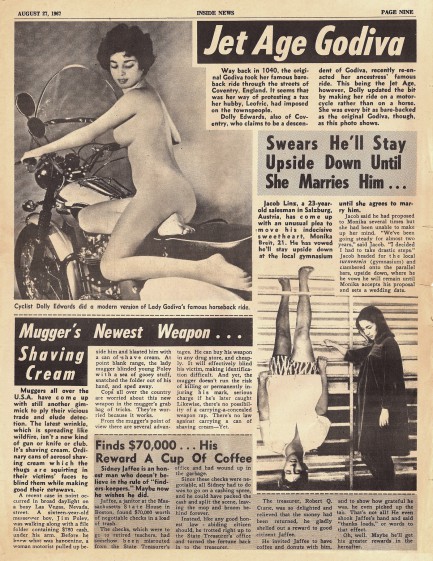
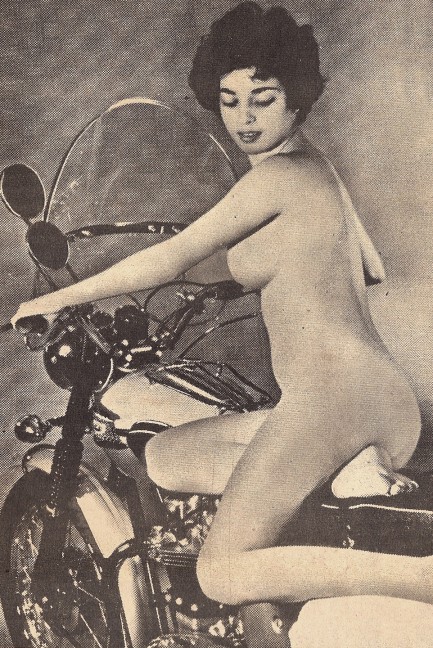
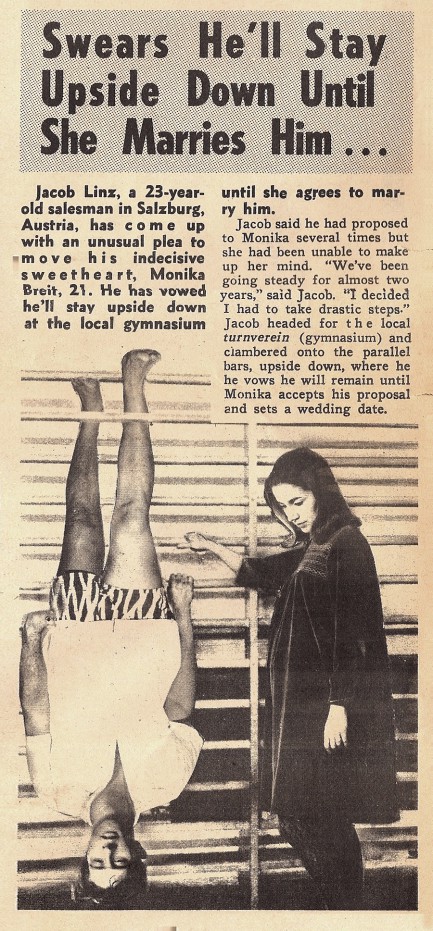
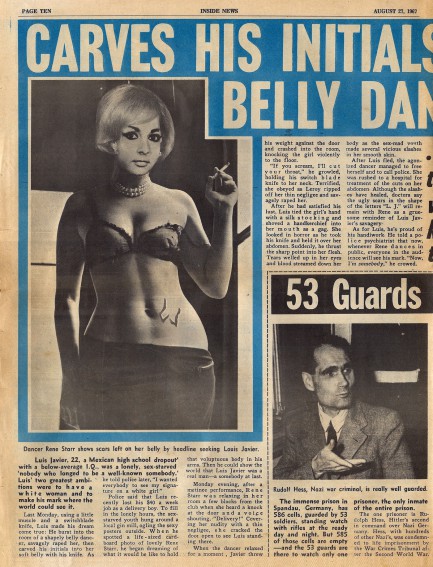
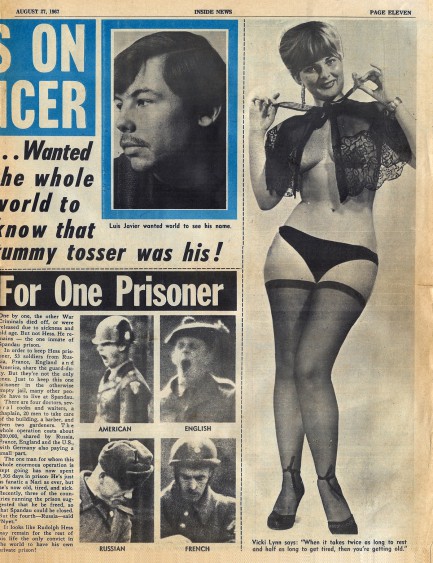


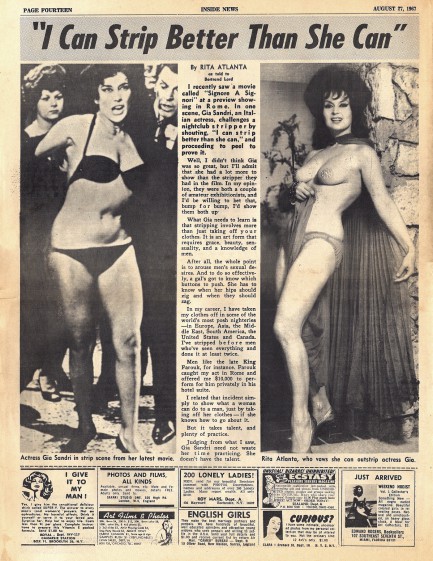
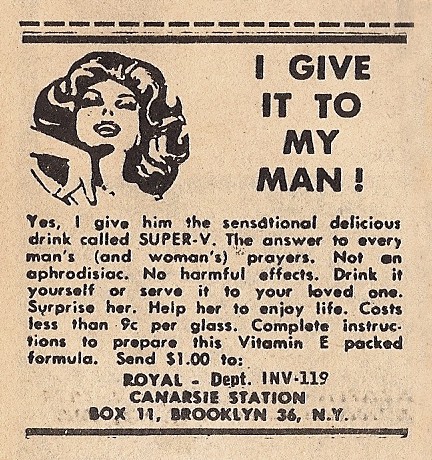
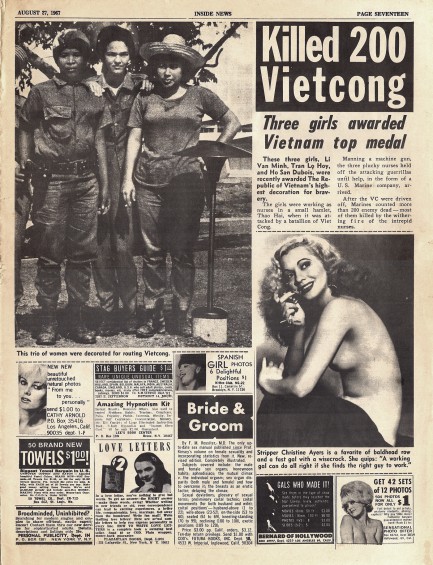

| Vintage Pulp | Dec 6 2014 |

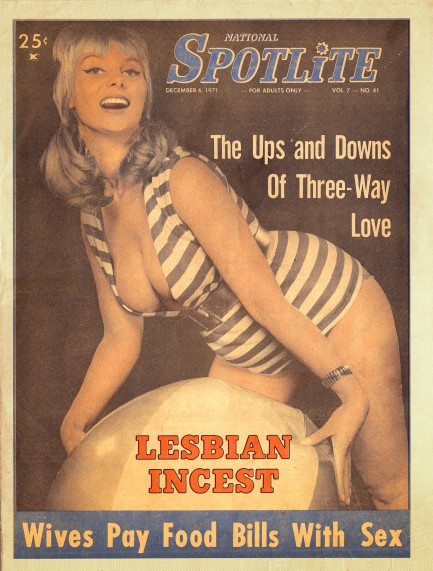
This National Spotlite was published today in 1971. Betty Flenders graces the cover and centerfold, the beautiful Mary Weston, aka Venecia Day, brags about her sexual prowess inside, burlesque dancers Ava Braniff, Gid-Jet, and Rita Atlanta pose for insets, and Swede Barbara Klingered tries to keep her balance on a Zündapp motorcyle in a photo that gives us a trifecta of rare images from that session. The issue concludes with a sexual horoscope from resident seer Celestia. For more from the rare National Spotlite click its keywords at bottom.
